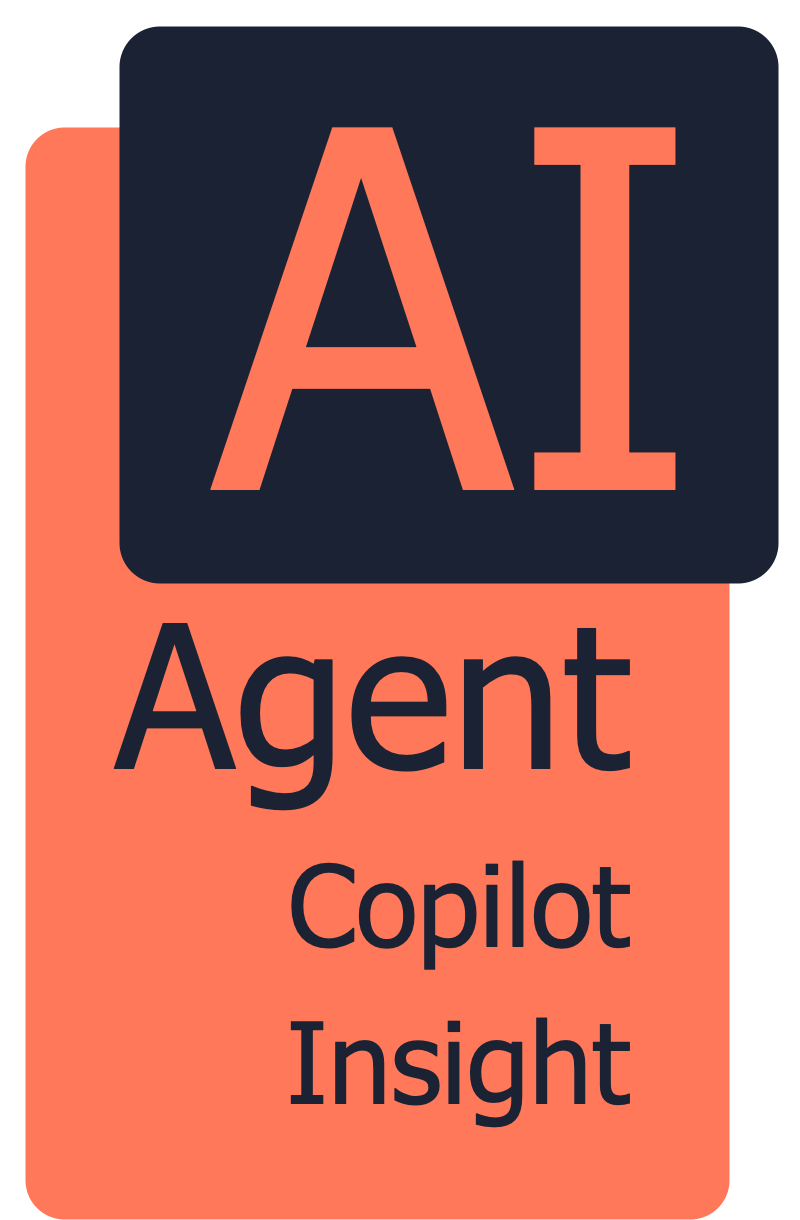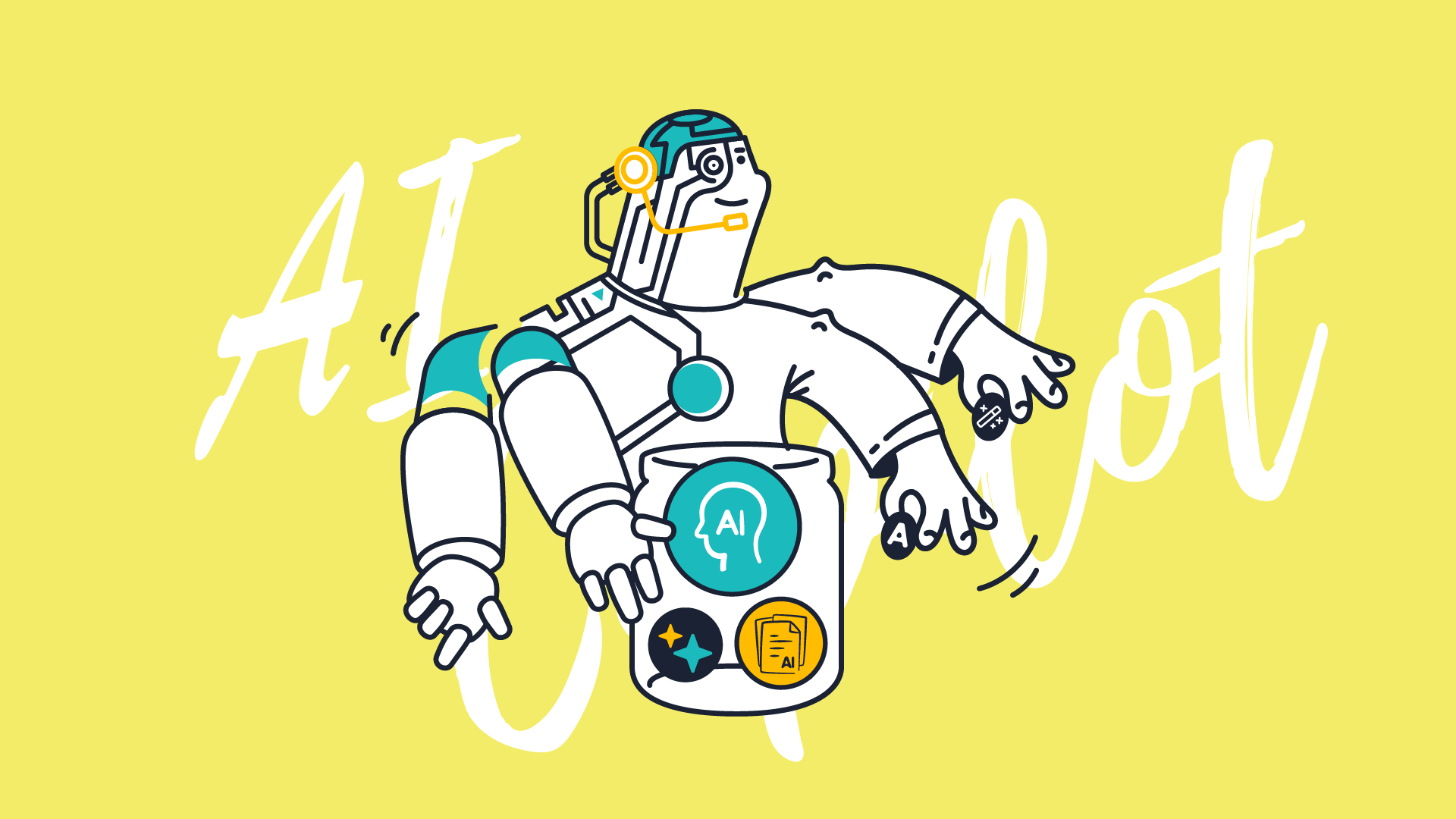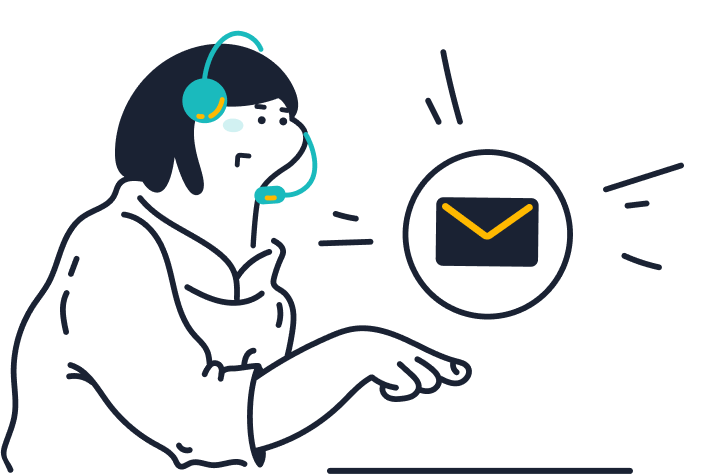Introduction
As the fifth and final pillar of Sobot’s transformative AI-First strategy, Secure AI plays a vital role in building digital trust across every customer interaction. While generative capabilities, omnichannel coverage, and intelligent automation push service boundaries, it is security that holds everything together.
In today’s data-driven world, customers demand not just speed and convenience—but assurance that their information is handled with care, compliance, and control. Sobot’s Secure AI isn’t just a shield; it’s an intelligent framework that embeds privacy by design, enforces regulatory readiness, and safeguards AI output at every touch point.
Because when it comes to human-like AI, innovation may impress—but security earns trust. And trust is what keeps customers coming back.
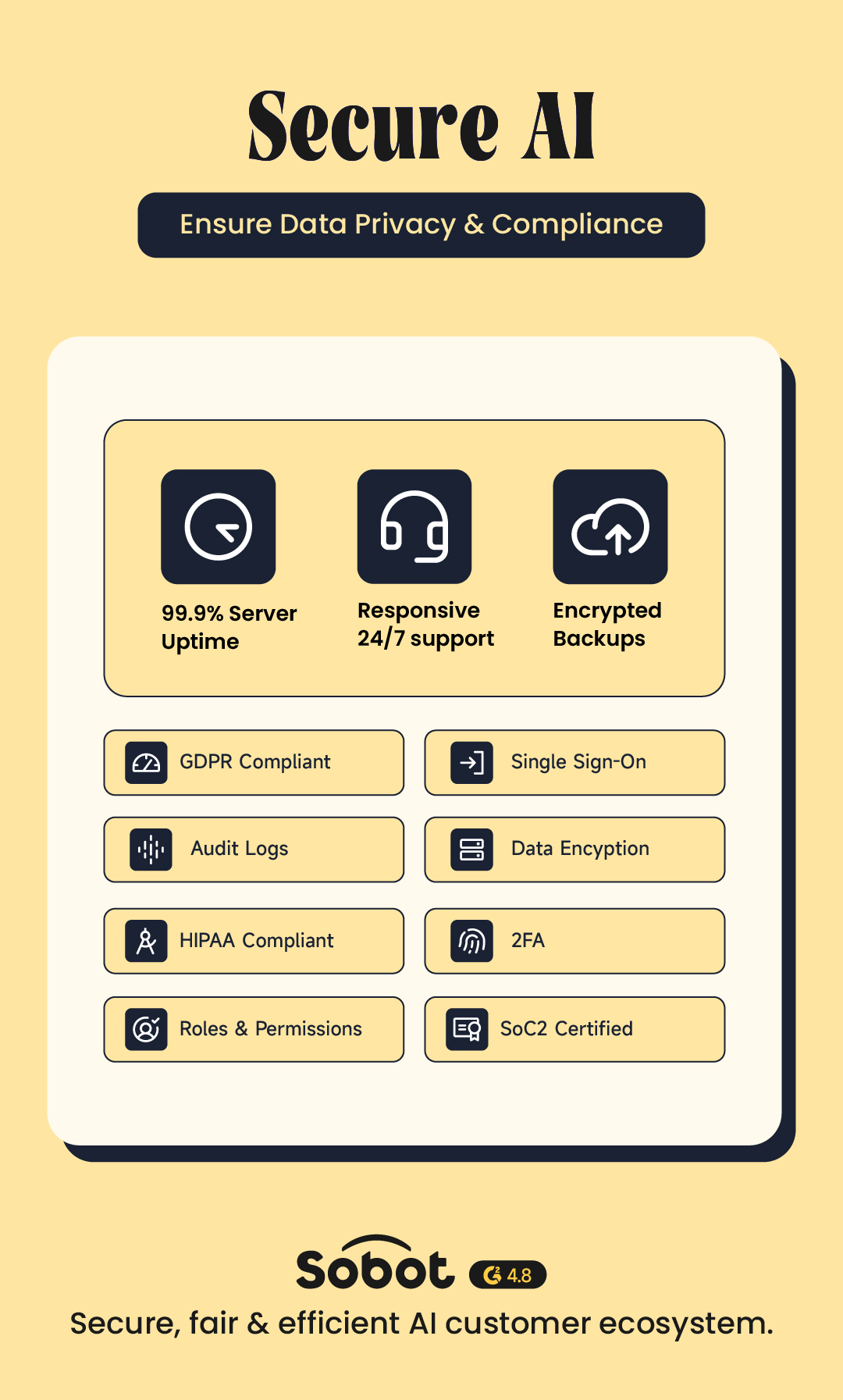
Why Secure AI Matters
The growing capabilities of AI come with new risks. AI models are increasingly fed with personal customer data, behavioral insights, purchase histories, and even sentiment analysis. These datasets, if mishandled or breached, could expose companies and users to serious consequences.
Consider the challenges today’s businesses face:
- Heightened consumer expectations: Customers expect their data to be handled ethically and securely.
- Global regulatory pressure: Organizations are required to follow international data protection laws or risk heavy penalties.
- Reputational risk: Any breach or misuse of AI output can instantly damage brand trust and credibility.
- AI hallucination and bias: Generative models may unintentionally produce inaccurate or offensive responses without proper controls.
These realities are reshaping the way enterprises think about AI implementation. No longer is it enough to be fast or innovative—you must also be secure, compliant, and transparent.
Customers Trust Secure Experiences
Recent surveys show that:
- Over 81% of consumers say they would stop interacting with a brand online after a data breach.
- 74% of enterprise leaders consider cybersecurity the most critical success factor in AI adoption.
- 53% of customers say trust in how their data is handled determines their willingness to use AI chatbots or virtual assistants.
In this environment, Sobot’s Secure AI pillar answers a clear call—to balance performance with privacy, and efficiency with ethics.
How Sobot Implements Secure AI
Sobot’s Secure AI is not a surface-level feature—it is embedded into every layer of its system architecture. From regulatory compliance to infrastructure, certifications to internal safeguards, Sobot treats security as a foundation, not a feature.
Compliance-First Architecture
Sobot’s platform is purposefully designed to meet the requirements of international privacy laws like GDPR (Europe), CCPA (California), PDPA (Singapore), and more. This includes:
- User consent mechanisms
- Right to be forgotten
- Data subject access rights
- Purpose-specific data processing
Sobot adopts a “privacy-by-design” approach, ensuring that data privacy controls are baked into the platform from the outset—not added as an afterthought.
Global Infrastructure for Data Localization
To serve multinational clients and meet regional data residency mandates, Sobot has deployed high-security data centers in:
- The United States
- The European Union
- Singapore
- And other regulatory-heavy jurisdictions
This geographic distribution ensures that customer data is processed within local boundaries, supporting data localization, low latency, and legal compliance.
Certified Security Standards
Sobot holds a robust portfolio of internationally recognized certifications that prove its commitment to best practices, including:
- ISO/IEC 27001 – Information Security Management
- ISO/IEC 27017 & 27018 – Cloud and personal data protection
- SOC 2 Type II – Controls for security, availability, and confidentiality
These certifications provide third-party validation of Sobot’s operational integrity and data security posture.
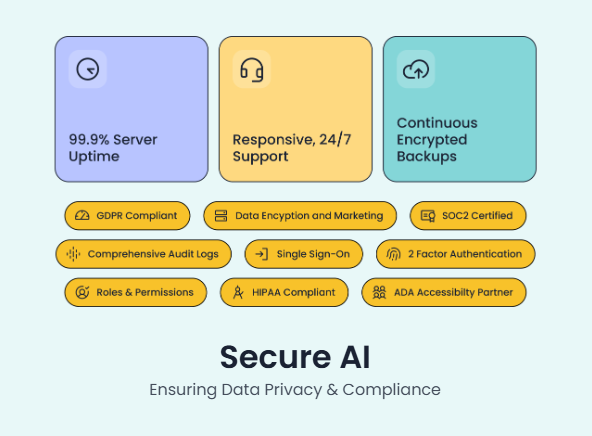
Built-In Internal Safeguards
Security is maintained with strict role-based access controls (RBAC), ensuring that users access only the data they need. All sensitive data is encrypted using AES-256 encryption for data at rest and TLS 1.3 for data in transit. Sobot also maintains comprehensive audit logs to track system changes and detect anomalies in real time.
In Sobot’s ecosystem, trust is not assumed—it’s built into every interaction.
Balancing Innovation and Protection
While AI is transforming customer service at unprecedented speed, that transformation must be carefully managed. Sobot’s Secure AI pillar ensures that innovation is never achieved at the expense of trust, safety, or reliability. Instead of slowing progress, security enables it—by creating a strong, ethical foundation that supports sustainable AI deployment across all other pillars.
Enabling the Other Four Pillars—Securely
Secure AI is not isolated; it actively reinforces the performance and integrity of Sobot’s other AI capabilities:
- Omnichannel AI benefits from encrypted communication across all platforms, ensuring secure interactions in chat, voice, email, and social channels.
- Scenario-Based AI processes sensitive customer data during the buying journey—from inquiries to support—with strict compliance rules in place.
- Multi-Faceted AI uses role-based access to control how agents, admins, and customers interact with data across tools like AI Copilot and AI Insight.
- Generative AI gains oversight and control layers that help prevent misuse and reduce reputational risk.
By embedding Secure AI into the core, Sobot achieves scalability without sacrificing control.
Filtering and Reviewing LLM Outputs
Large Language Models (LLMs) can be powerful, but also prone to hallucination, bias, or oversharing. Sobot integrates multi-layered filters and governance protocols that review AI-generated outputs before they’re delivered to users.
This includes:
- Context verification using the knowledge hub
- Output moderation to remove unsafe or inaccurate content
- Automated rules to flag sensitive terms and personal data
Safety Checks in the Generative AI Workflow
As shown in Sobot’s Generative AI diagram, all AI responses pass through a safety check layer. This process validates:
- Factual accuracy
- Tone appropriateness
- Compliance with privacy and business rules
In high-risk scenarios, human-in-the-loop (HITL) validation ensures responsible final delivery. With Secure AI, innovation is not just fast—it’s safe, deliberate, and trustworthy.
Conclusion
While the first four pillars of Sobot’s AI-First strategy focus on making customer experiences intelligent, personalized, and productive, it is Secure AI that ensures those experiences are trustworthy, responsible, and protected.
Sobot believes that no AI solution is truly customer-first if it isn’t secure by design. That’s why Secure AI is not just a final layer—it’s a foundational element infused into every channel, interaction, and model.
